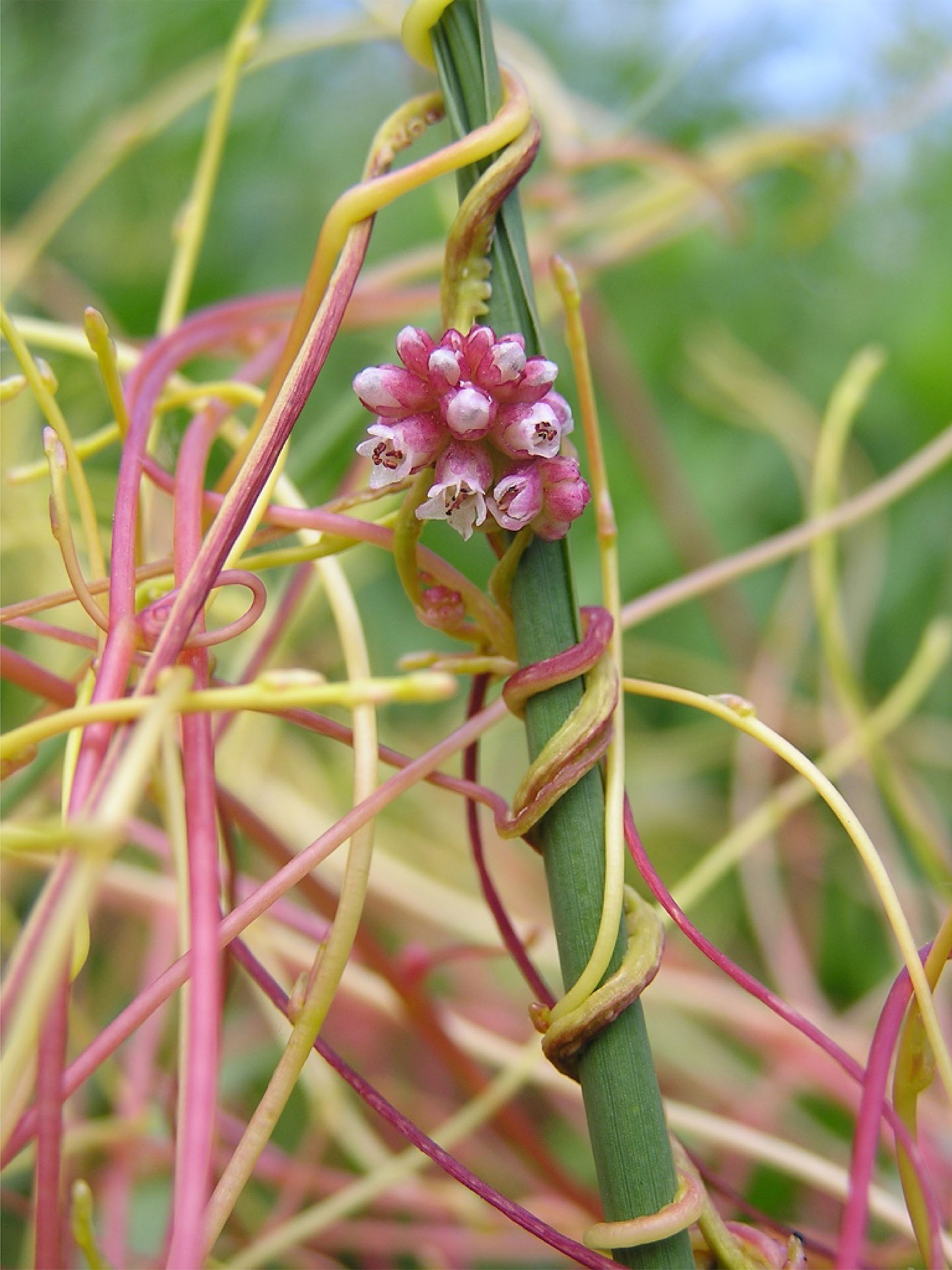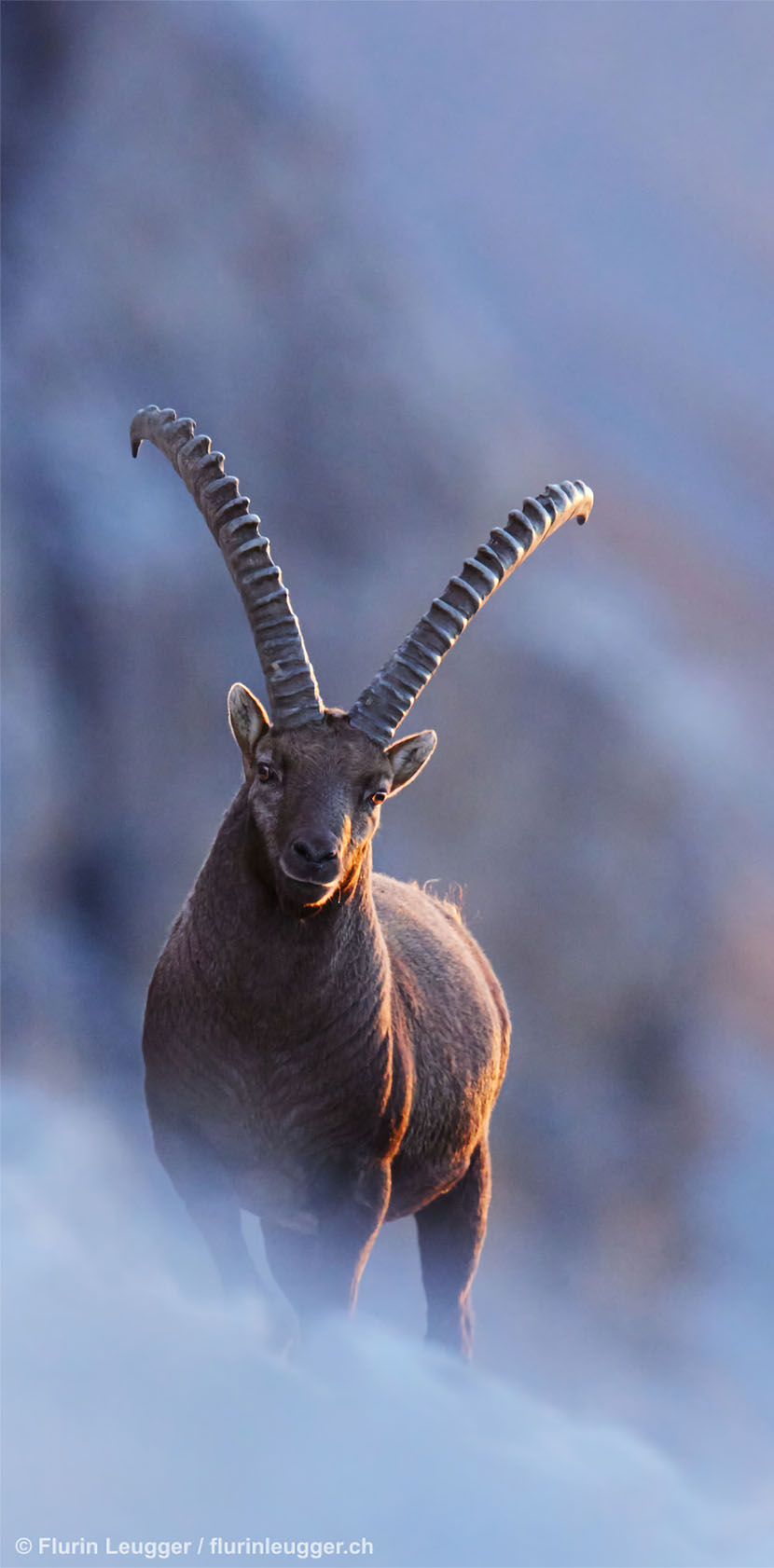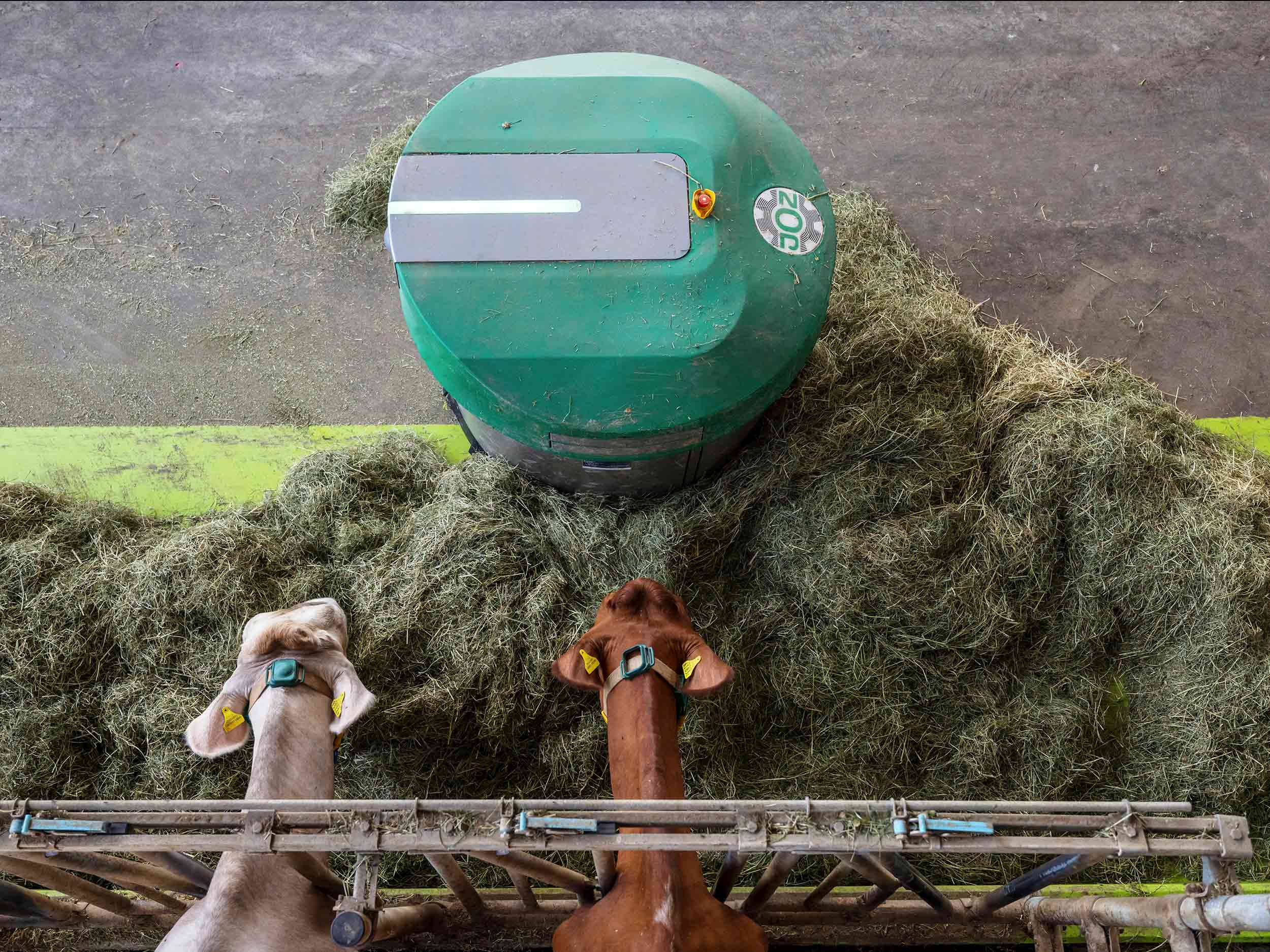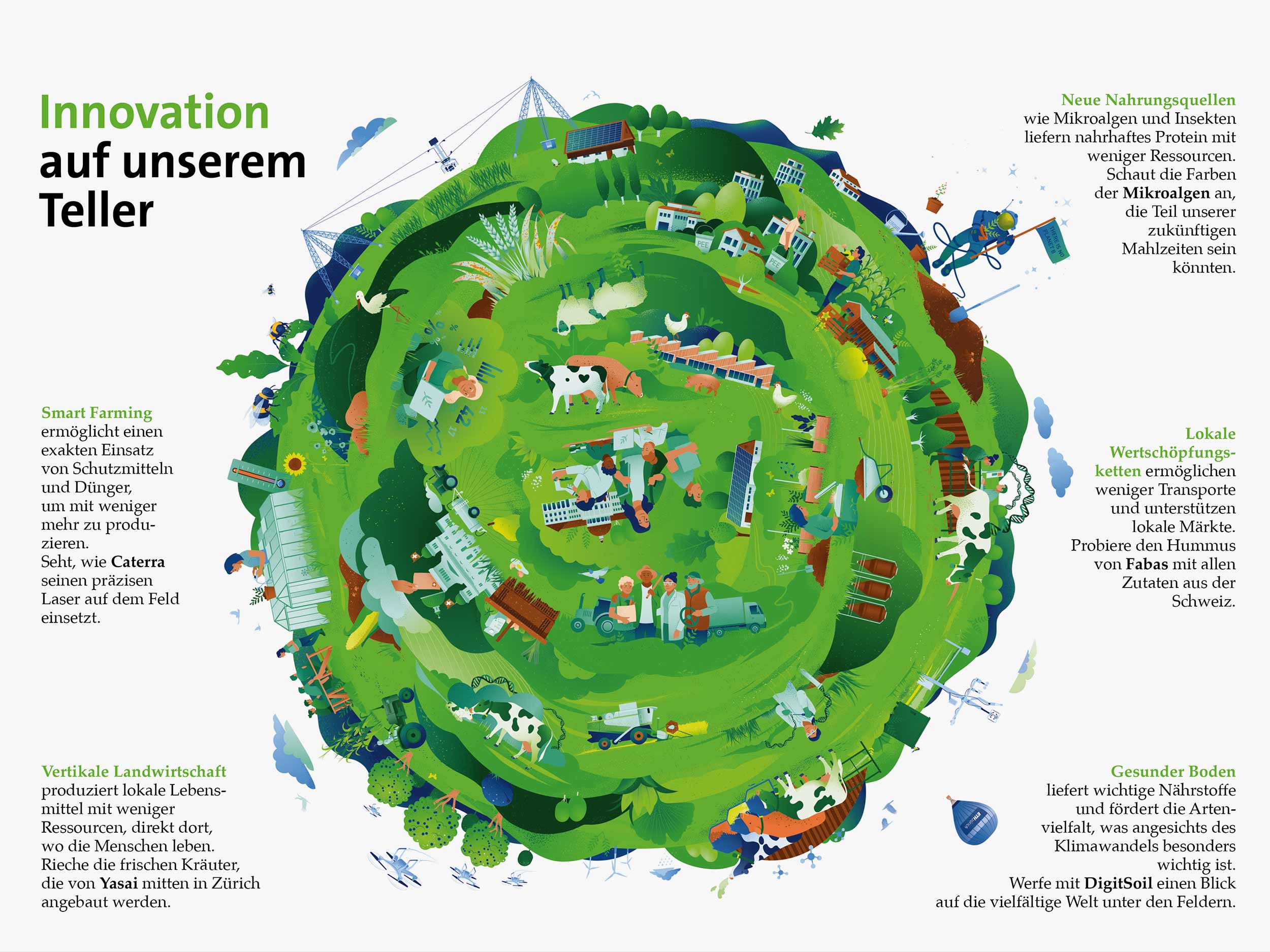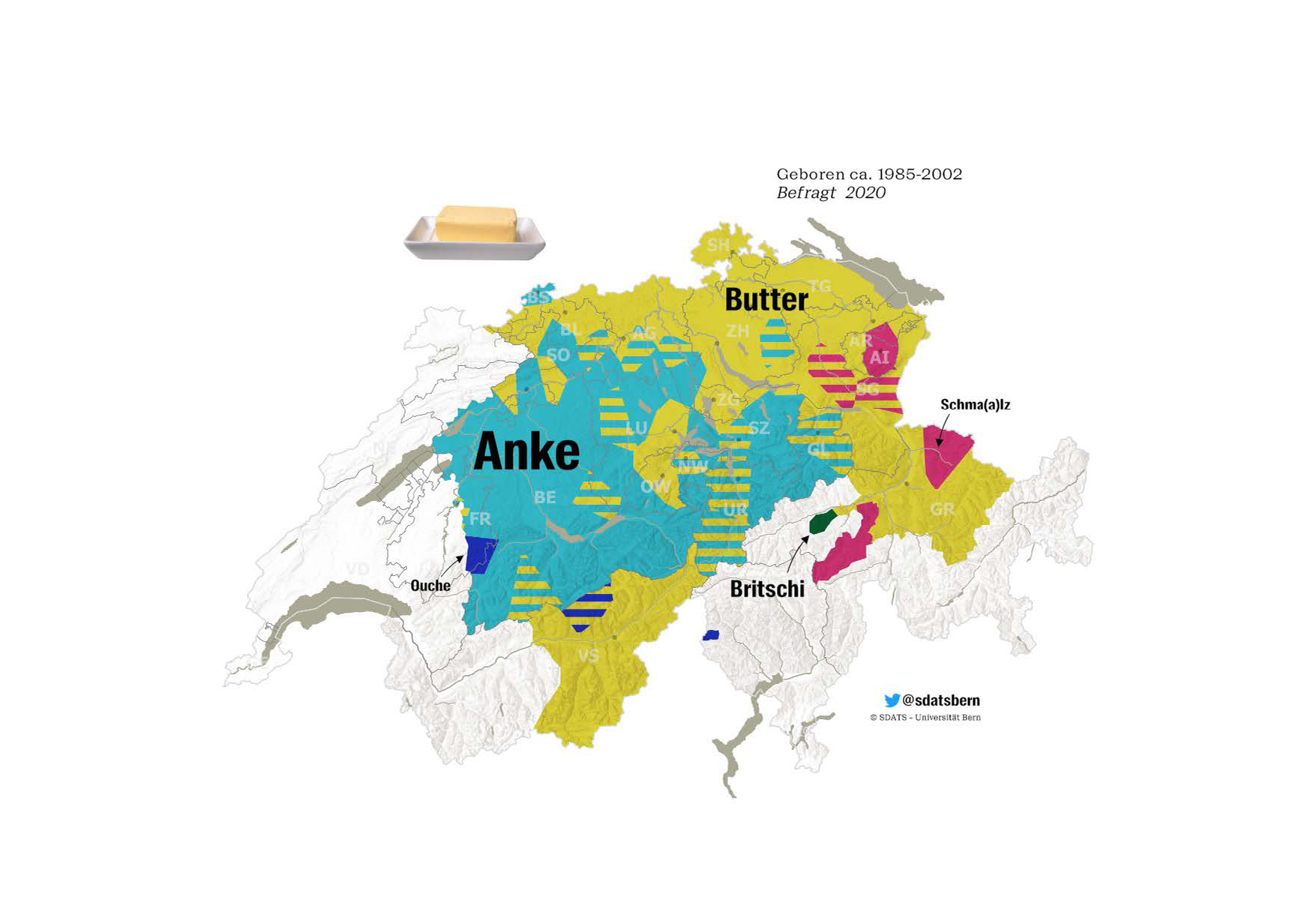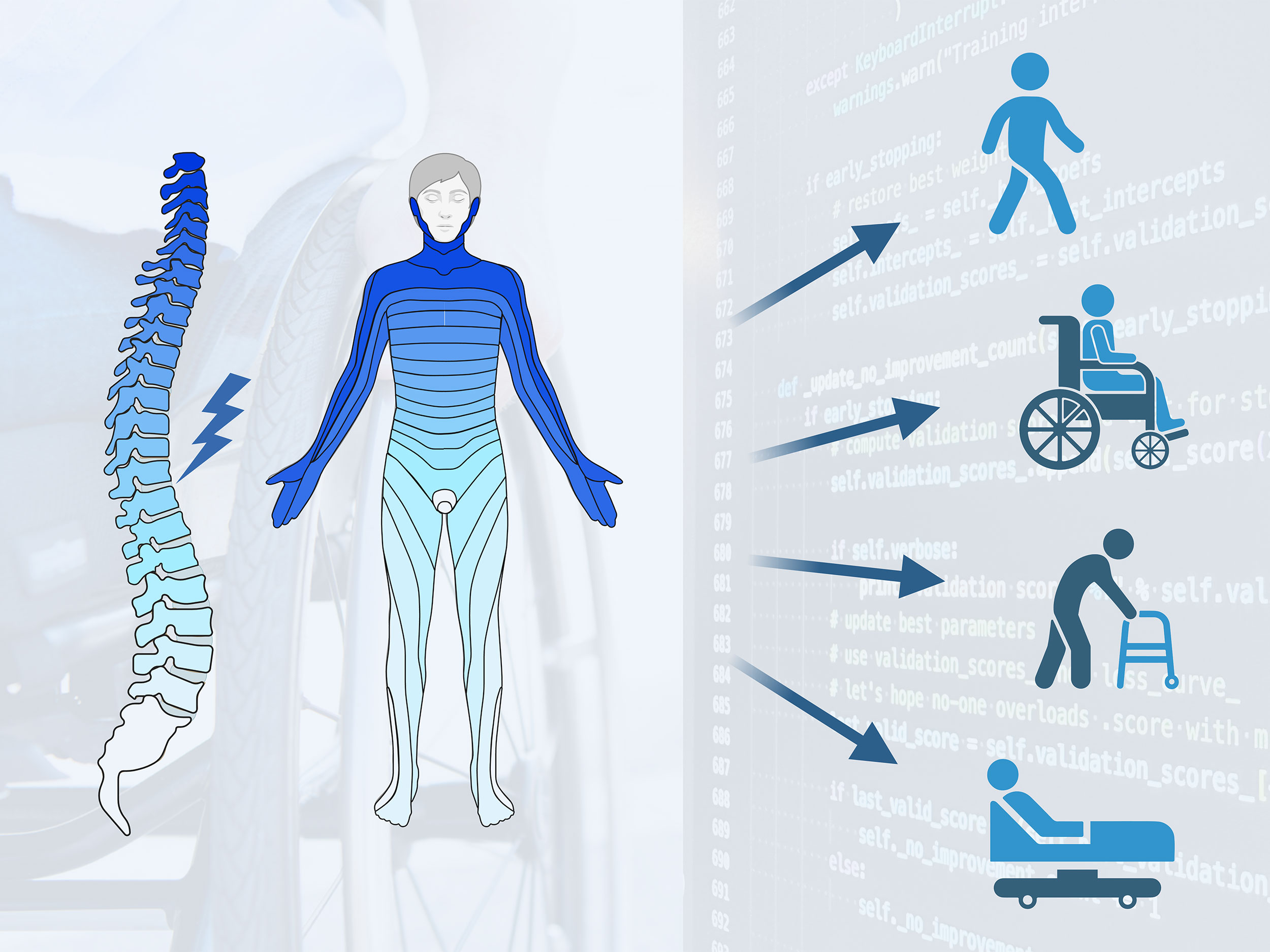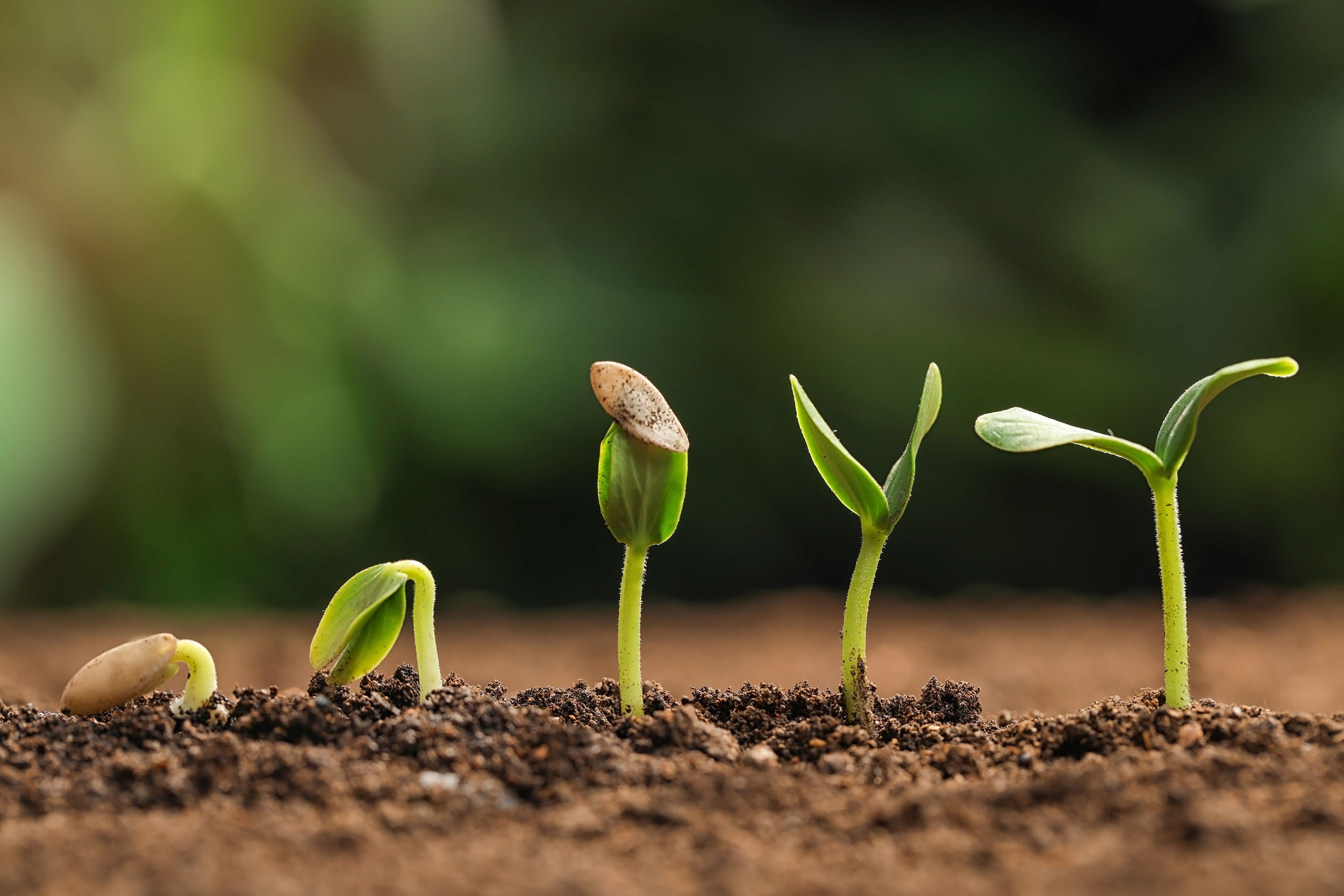
The possibilities of quantum computers intrigue experts and laypeople alike. But what is such a computer based on? And what role do the surprising laws of the quantum world already play in our daily lives? Immerse yourself in this world and try to convert sound into light yourself.










